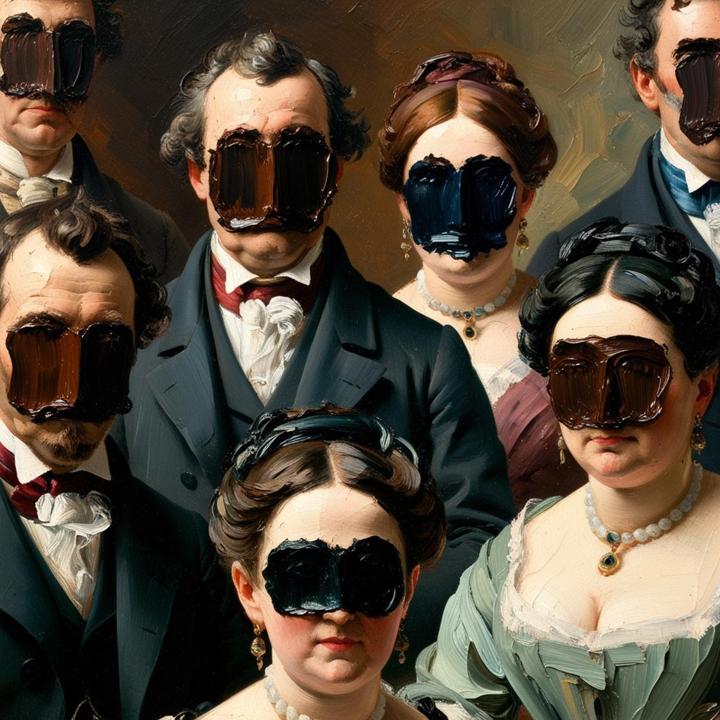
Introduction: Romantic Poetry and the Language of Love
Romantic poetry seizes your heart, wrings it dry, and leaves you begging for more.
At least it should.
From Sappho's fragments to today's Instagram poets, love has enslaved the artistic mind more persistently than any other muse throughout human history.
What makes a poem romantic? It's that gut-punch transformation of amorous feelings into language so perfect you want to tattoo it on your body. It's the audacity to believe your specific heartbreak deserves immortalization. Whether crafted as sonnet or haiku, free verse confession or rhyming couplet, romantic poetry distills love's chaos into something beautifully ordered yet still wild at its core.
While poetry's forms have shape-shifted across centuries, our hunger for romantic verse remains insatiable. Love poetry dominates bookshelves, social media, and wedding vows because it scratches an itch we can't reach ourselves – that desperate longing for connection that defines the human condition.
Let me drag you through the passionate evolution of love poetry from its ancient birthplace to its modern mutations. I'll show you how each era's cultural DNA altered how poets bled their hearts onto the page. Grab whatever you write with—quill, typewriter, or iPhone—and follow me into the beautiful wreckage of romantic poetry.
The Classical Origins of Romantic Poetry
As always, when speaking of romantic poetry, we must begin with Sappho, the 6th century BCE lesbian poet who wielded words like weapons of mass seduction. Writing from her home on Lesbos, Sappho crafted lyric fragments that still scorch readers' fingertips two millennia later.
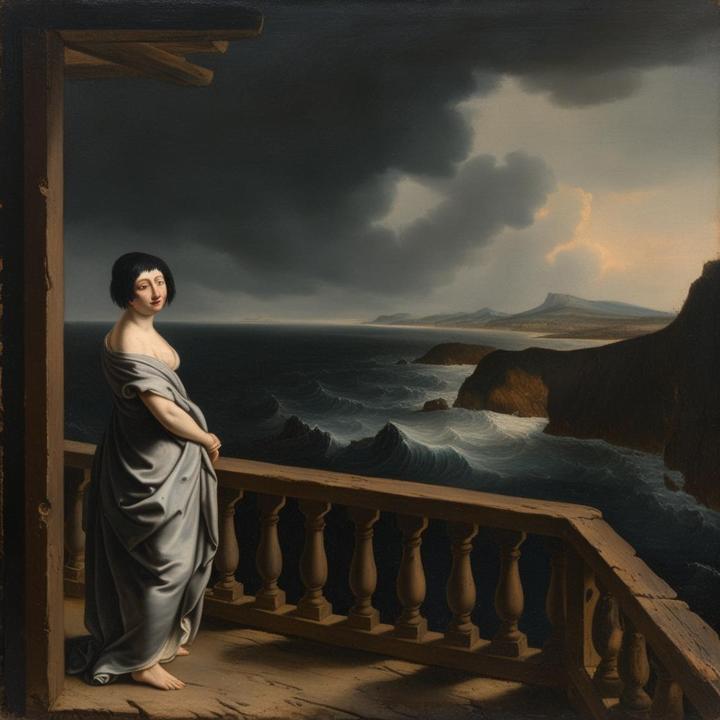
Though time and religious censors shredded most of her work, the surviving scraps pulsate with an erotic electricity modern poets still try to replicate. In Fragment 31, she maps the physical ambush of desire:
"that man seems to me to be equal to the gods
who is sitting opposite you
and hears you nearby
speaking sweetly
and laughing temptingly; which indeed
makes my heart flutter in my breast.
For whenever I look at you even briefly,
it is no longer possible for me to speak..."
Sappho didn't just write poems—she invented a new language of desire. She pioneered the deeply personal love lyric, ripping open her chest to display her most private yearnings without apology.
A few centuries later, Catullus grabbed Sappho's baton and sprinted forward, documenting his catastrophic affair with "Lesbia" in verses that ricocheted between worship and venom. His poems chronicle love's entire lifecycle—from intoxication to betrayal to the bitter aftertaste.
Even when love tortures him, Catullus elevates it to cosmic significance:
"Let us live, my Lesbia, and let us love,
and let us value the tales of austere old men
at a single penny.
Suns may set and rise again;
but when our brief light has set,
night is one long everlasting sleep."
Catullus taught us that love poetry thrives on authenticity. He didn't airbrush his obsession; he showcased its ugly underbelly alongside its ecstasy. His emotional nakedness cleared the path for every confessional poet who followed.
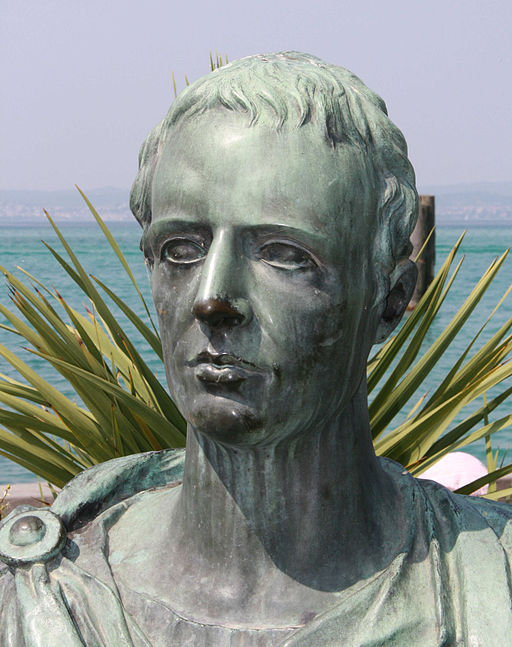
Key Poets to Explore:
- Sappho (Ancient Greece, 6th century BCE)
- Catullus (Ancient Rome, 1st century BCE)
- Ovid (Ancient Rome, 43 BCE-17/18 CE)
- Mimnermus (Ancient Greece, 7th century BCE)
- Ibycus (Ancient Greece, 6th century BCE)
- Sulpicia (Ancient Rome, 1st century BCE - rare female voice)
- Propertius (Ancient Rome, 1st century BCE)
- Anacreon (Ancient Greece, 6th century BCE)
Medieval Troubadours and Courtly Love
Fast-forward to 11th century Europe, where troubadours transformed love poetry into performance art in the courts of nobility. These poetic-inclined jesters invented courtly love poetry—a radical reconception of romance that still haunts our culture.
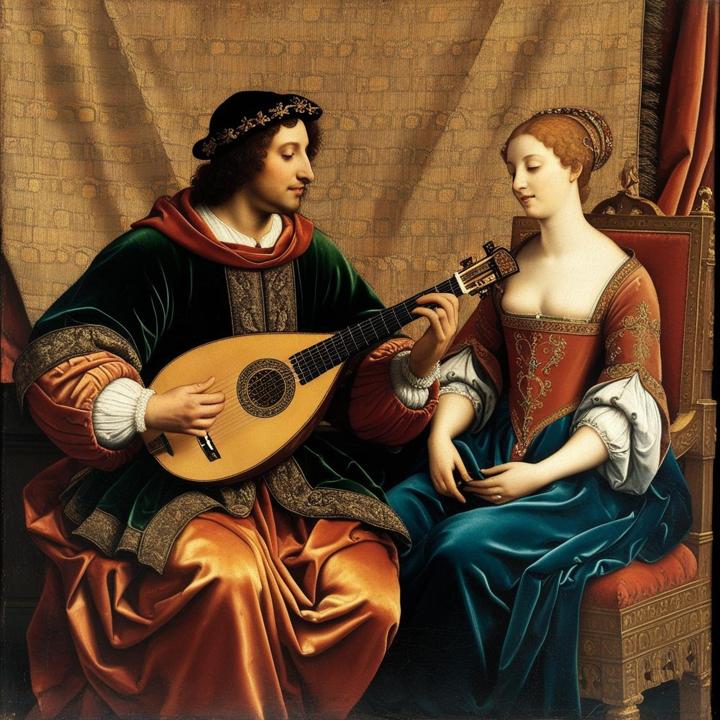
Courtly love established an entirely new romantic paradigm: the impossible crush. The troubadour pledged undying devotion to a noble lady (usually married to someone else) whom he could never possess. His unrequited obsession fueled verses celebrating the exquisite agony of wanting what you can't have.
(Nowadays we might call these guys “simps” but I digress…)
This desperation and yearning expressed through a lyric and rhythm revolutionized Western romance. It rebranded love as a noble pursuit that improved the lover rather than merely satisfied him. Suffering for love became fashionable, even spiritual—a concept we haven't fully shaken centuries later.
Bernart de Ventadorn exemplified this masochistic devotion in verses like:
"I should not want, for anything,
to have control over my heart:
She to whom I gave it whole
may treat me well or treat me ill;
for she may hold it, as she will,
my steadfast hope of joy fulfilled."
The troubadours fused poetry and music, performance and passion, creating a blueprint for heartbroken artists from Renaissance sonneteers to Taylor Swift. They transformed unrequited love from a personal tragedy into an art form—a move that continues to fund entire entertainment industries.
Key Poets to Explore:
- Bernart de Ventadorn (12th century Occitan troubadour)
- Guillaume IX, Duke of Aquitaine (earliest known troubadour)
- Arnaut Daniel (12th-13th century, "grand master of love")
- Countess of Dia (rare female troubadour voice)
- Chrétien de Troyes (12th century, French poet)
- Marie de France (12th century, influential female voice)
- Walther von der Vogelweide (German Minnesinger)
- Jaufré Rudel (famous for his "love from afar" concept)
The Romantic Era: A Revolution in Poetic Expression
In the late 18th century, poetry ascended to divine status. The Romantic movement (capital R) ignited centuries of poetic restraint, elevating individual emotion to that of sacred truth. These revolutionary poets rejected rationalism and embraced the chaotic sublime, turning love poems into manifestos of feeling.
For the Romantics, love transcended the merely personal. Love became the ultimate spiritual experience, a mystical force binding humans to nature and the divine. The Romantic lover didn't seek only the physical—he sought to merge souls with his beloved and access transcendent truth through passion.
No one perfected this fevered approach better than John Keats, who transformed his unconsummated love for Fanny Brawne into some of English literature's most gorgeous verses. In "Bright Star," he writes:
"Bright star! would I were steadfast as thou art--
Not in lone splendour hung aloft the night,
And watching, with eternal lids apart,
Like Nature's patient sleepless Eremite..."
Keats transmutes sexual frustration into cosmic longing, making his specific desire universal. His lush language doesn't just describe love—it recreates love's disorienting intensity on the page. The Romantics taught us that romantic poetry should not merely document feeling but reproduce it, infecting readers with the poet's emotional state.
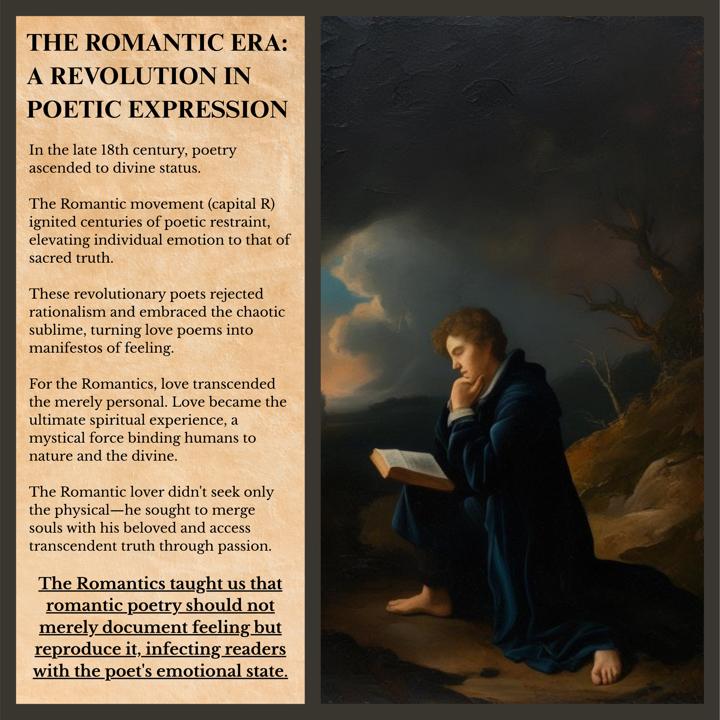
Key Poets to Explore:
- John Keats (English Romantic)
- William Wordsworth (English Romantic)
- Samuel Taylor Coleridge (English Romantic)
- Lord Byron (English Romantic)
- Percy Bysshe Shelley (English Romantic)
- Johann Wolfgang von Goethe (German Romantic)
- Friedrich Schiller (German Romantic)
- William Blake (pre-Romantic/Romantic)
- Friedrich Hölderlin (German Romantic)
- Alexander Pushkin (Russian Romantic)
Victorian Romanticism: Love in the Age of Propriety
Victorian society tried to cage the wild Romantic beast with corsets and etiquette manuals. As the 19th century progressed, poets navigated a cultural minefield where discussing physical desire openly could destroy reputations.
This repression didn't kill romantic poetry—it drove it underground; poets learned to master the art of subtextual eroticism. Victorian love poems sing to the tune of unspoken carnal desires, creating a delicious tension between surface propriety and submerged passion.

Christina Rossetti perfected this coded intimacy in her sonnet sequence "Monna Innominata," where she writes:
"I loved you first: but afterwards your love,
Outsoaring mine, sang such a loftier song
As drowned the friendly cooings of my dove.
Which owes the other most? My love was long,
And yours one moment seemed to wax more strong;
I loved and guessed at you, you construed me
And loved me for what might or might not be..."
Rossetti proves that restraint can intensify romantic expression. Her measured language doesn't diminish desire but concentrates it, like reducing a sauce to its essence. Victorian poets taught us that what remains unsaid in love poetry often speaks loudest—a lesson contemporary poets frequently forget in their rush toward explicit confession.
Key Poets to Explore:
- Christina Rossetti (English Victorian)
- Elizabeth Barrett Browning (English Victorian)
- Robert Browning (English Victorian)
- Alfred, Lord Tennyson (English Victorian)
- Dante Gabriel Rossetti (English Victorian)
- Emily Brontë (English Victorian)
- Augusta Webster (English Victorian, often overlooked)
- George Meredith (English Victorian)
- Algernon Charles Swinburne (English Victorian)
- Michael Field (pen name of Katherine Bradley and Edith Cooper)
Modernist Interpretations of Romantic Poetry
In the 20th century, modernists rejected sentimental romance, bringing a psychological complexity and formal experimentation to romantic poetry that reflected a world fragmented by war, industrial capitalism, and Freudian theory.
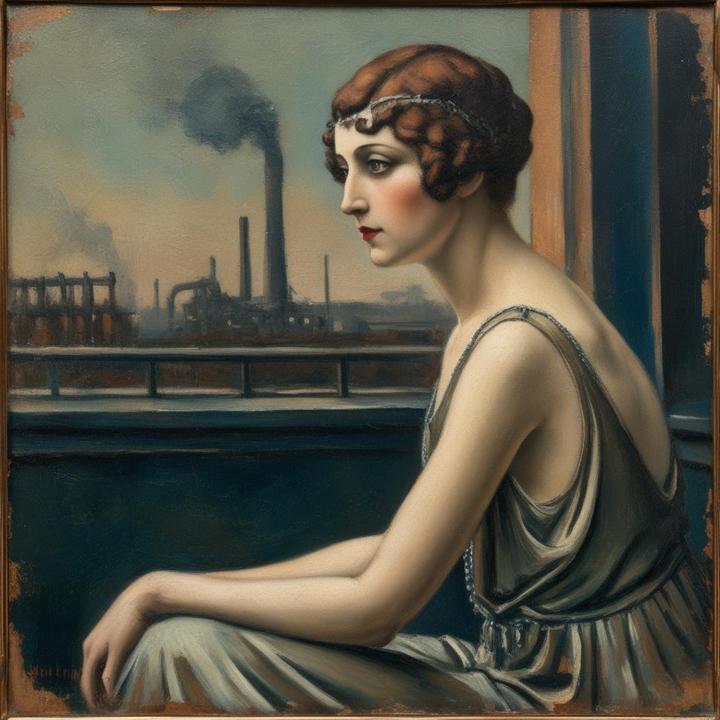
Modernist love poems don't promise happily-ever-after. They dissect the messy contradictions of desire, exposing the self-deception and neurosis underlying romantic attachment. These poets wrote from the therapist's couch, not the flower garden.
W.B. Yeats embodied this conflicted modern lover in poems inspired by his life-long obsession with Maud Gonne. In "When You Are Old," he writes:
"When you are old and grey and full of sleep,
And nodding by the fire, take down this book,
And slowly read, and dream of the soft look
Your eyes had once, and of their shadows deep..."
Yeats doesn't just celebrate love—he interrogates it, placing it within time's cruel context. His verses acknowledge love's transience while insisting on its lasting significance, a paradox that defines the modern romantic sensibility.
The Modernists gifted us with love poetry that embraces complexity. They taught us that love poems need not resolve neatly or offer comforting platitudes. The most truthful romantic verses might be those that acknowledge love's fundamental instability and the lovers' inevitable misunderstandings.
Key Poets to Explore:
- W.B. Yeats (Irish Modernist)
- T.S. Eliot (American-British Modernist)
- Ezra Pound (American Modernist)
- H.D. (Hilda Doolittle) (American Modernist)
- E.E. Cummings (American Modernist)
- William Carlos Williams (American Modernist)
- Marianne Moore (American Modernist)
- Edna St. Vincent Millay (American Modernist)
- Federico García Lorca (Spanish Modernist)
- Mina Loy (British-born Modernist)
Contemporary Romantic Poetry: New Voices, Enduring Themes
Romantic poetry today is rich with diversity, reflecting a wide spectrum of human experience and identity. Contemporary poets have demolished the heteronormative assumptions of earlier love verse, creating space for LGBTQ+ voices, polyamorous perspectives, and relationships that defy categorization.
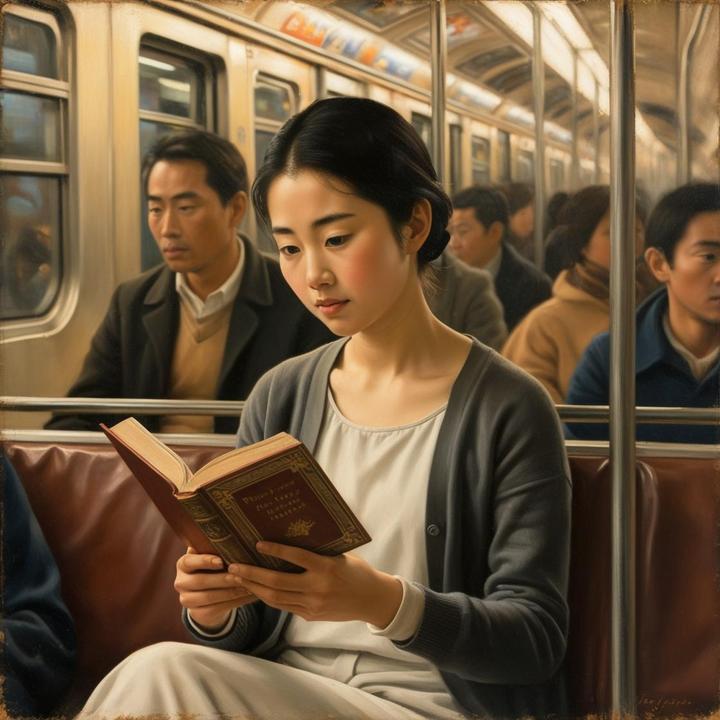
From Anne Sexton's feminist reclamations to Ocean Vuong's queer intimacies, modern romantic poetry embraces previously silenced narratives. Yet these revolutionary voices still grapple with love's timeless questions—desire, vulnerability, connection, loss—proving that while love's packaging changes, its essential nature remains recognizable across centuries.
Richard Siken exemplifies contemporary romantic poetry's raw intensity in "Litany in Which Certain Things Are Crossed Out":
"Every morning the maple leaves.
Every morning another chapter where the hero shifts
from one foot to the other. Every morning the same big
and little words all spelling out desire, all spelling out
You will be alone always and then you will die..."
Siken strips romance of its pretty costumes, exposing the existential terror that underlies much of human attachment. Yet his brutal honesty doesn't negate love's power—it reinforces it. Contemporary poets like Siken show us that authentic romantic poetry must acknowledge both love's beauty and its terror, its healing potential and its devastating risks.
Key Poets to Explore:
- Ocean Vuong (Vietnamese-American)
- Richard Siken (American)
- Anne Sexton (American, Confessional poet)
- Sylvia Plath (American, Confessional poet)
- Adrienne Rich (American, feminist poet)
- Pablo Neruda (Chilean, 20th century)
- Frank O'Hara (American, New York School)
- Audre Lorde (American, Black feminist poet)
- Warsan Shire (British-Somali)
- Louise Glück (American)
- Danez Smith (American)
- Tracy K. Smith (American)
The Future of Romantic Poetry
Romantic poetry won't die as long as humans continue falling into and out of love. While social media has transformed how we share and consume romantic verse—with Instagram poets like Rupi Kaur accumulating followers by the millions—our hunger for language that captures love's complexity remains insatiable.
New technologies create new vessels for ancient feelings. Today's poets experiment with multimedia presentations, interactive digital platforms, and collaborative projects that push romantic expression beyond the page. Yet the fundamental challenge remains unchanged: how to transform the chaos of feeling into language precise enough to make a stranger's heart race.
As Lord Byron wrote, "Love will find a way through paths where wolves fear to prey." No matter how our cultural landscape shifts, romantic poetry will continue excavating the heart's hidden chambers, illuminating what we feel but cannot name.
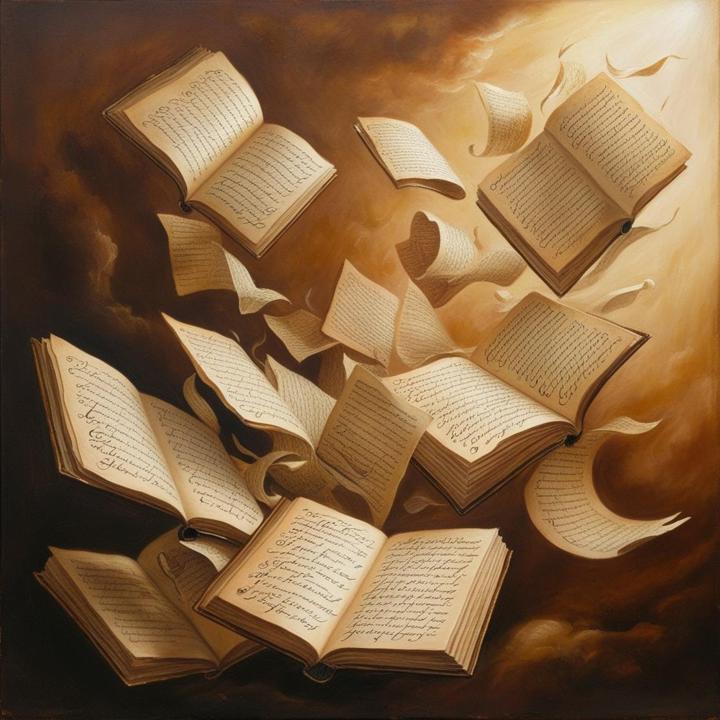
Conclusion
From Sappho's fragments to TikTok love poems, romantic poetry persists as humanity's most determined attempt to capture the uncapturable. Each era reshapes love verse in its own image, yet all participate in the same fundamental project: transforming private feeling into shared art.
The greatest love poems don't just describe emotions—they recreate them. They infect readers with the specific fever of the poet's experience while connecting to universal human longings. Whether through Petrarchan sonnets or free verse confessions, romantic poetry builds bridges between isolated souls.
As we navigate love's ever-changing landscape, poetry remains our most reliable emotional compass. I'll wager that as long as hearts beat and break, poets will continue transforming that rhythm into verse, proving that while lovers come and go, love poetry endures forever.
